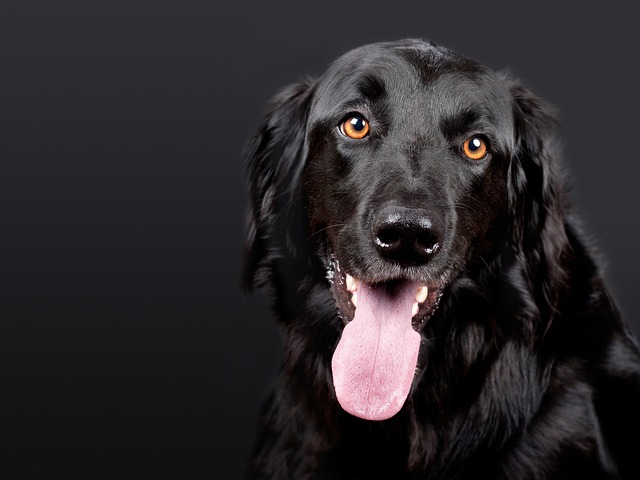
How can I tell if my dog's heatstroke is serious
Let’s be real: It’s a sticky August morning in Los Angeles, and you took your 2-year-old Golden Retriever, Max, for a walk a little later than usual
For every dog owner, the dietary safety of their dogs is of utmost importance. Among the wide variety of foods, we often wonder whether certain foods are suitable for dogs to eat. Take shrimp, for example. It is a nutritious food, but for dogs, whether they can eat it requires careful consideration. Moreover, understanding the foods that dogs should not eat is equally crucial, as it helps us avoid serious harm to dogs' health caused by accidental ingestion of harmful foods.
Can Dogs Eat Shrimp?
Dogs can eat cooked shrimp. However, don't let them eat too much. One or two pieces are fine. Shrimp contains a large amount of salt, and dogs cannot absorb the excess salt in shrimp. Also, some dogs may be allergic to shrimp. After eating, they may show allergic reactions such as itchy skin, redness, diarrhea, and vomiting. If it's the first time for a dog to eat shrimp, closely observe whether it shows any abnormal symptoms.
In addition, when feeding shrimp to dogs, pay attention to controlling the amount. Do not overfeed to avoid problems such as indigestion. At the same time, ensure that the shrimp is fresh, clean, and not spoiled. It is best to cook the shrimp before feeding it to the dog to prevent infection with germs or parasites.
If the dog has gastrointestinal diseases or other health problems, it is advisable to consult a veterinarian before feeding it shrimp to ensure that it will not have an adverse impact on the dog's health.

What Foods Can't Dogs Eat?
1、Onions
Onions can cause a type of hemolytic anemia called Heinz body anemia, which damages red blood cells. Kidney damage may follow. Similar foods such as garlic and scallions can also be toxic.
2、Chocolate
Chocolate and cocoa contain a chemical called theobromine, which can have an adverse impact on a dog's heart, lungs, kidneys, and central nervous system. Caffeine in chocolate is also toxic to dogs.
3、Caffeinated Foods
Caffeine is very similar to the toxic chemicals in chocolate. It can damage the heart, lungs, kidneys, and central nervous system. Common toxic substances include caffeine pills, coffee beans and coffee, large amounts of tea, and chocolate. Poisoning symptoms usually start with restlessness, hyperactivity, and vomiting. Subsequently, panting, weakness, staggering, increased heart rate, muscle tremors, and convulsions may occur.
4、Xylitol
Xylitol is a sugar - free sweetener commonly found in chewing gum and candies. For dogs, it stimulates the pancreas to secrete insulin, which can lead to hypoglycemia. Ingestion of xylitol can also cause severe liver damage.
In general, careful judgment is needed regarding whether dogs can eat shrimp. Appropriate amounts of cooked, fresh, and clean shrimp can be fed to dogs, but pay attention to observing whether the dog has any allergic reactions or indigestion. At the same time, onions, chocolate, caffeinated foods, and xylitol are dietary taboos for dogs. These foods may damage dogs' body organs and trigger various poisoning symptoms. As owners, it is our responsibility to monitor our dogs' diet. Keep these dietary knowledge in mind at all times to help dogs grow healthily in a proper dietary environment. If you have any questions about your dog's diet, it is the safest way to consult a veterinarian in a timely manner.

Let’s be real: It’s a sticky August morning in Los Angeles, and you took your 2-year-old Golden Retriever, Max, for a walk a little later than usual

You're enjoying a summer afternoon at the park when you notice your dog has stopped panting and appears disoriented - their gums are bright red

Let’s paint the picture: You’re in your Denver apartment, watching your 4-year-old Boston Terrier, Ruby, plop down mid-play session with her favorite toy

Many dog owners notice their pets nails seem shorter after regular walks,but how much does this daily activity actually help?The answer depends on where you walk—concrete sidewalks or asphalt streets gently file nails as a dog's paws hit the ground

Most dog owners notice their pup scooting across the carpet at some point, but few connect it to impacted anal glands. These small sacs near a dog’s rectum secrete a scent for marking territory

Most vets agree that regular dog teeth cleaning is key to avoiding painful dental issues later. For healthy adult dogs, a professional cleaning at the vet’s office every 12 to 18 months usually works well.